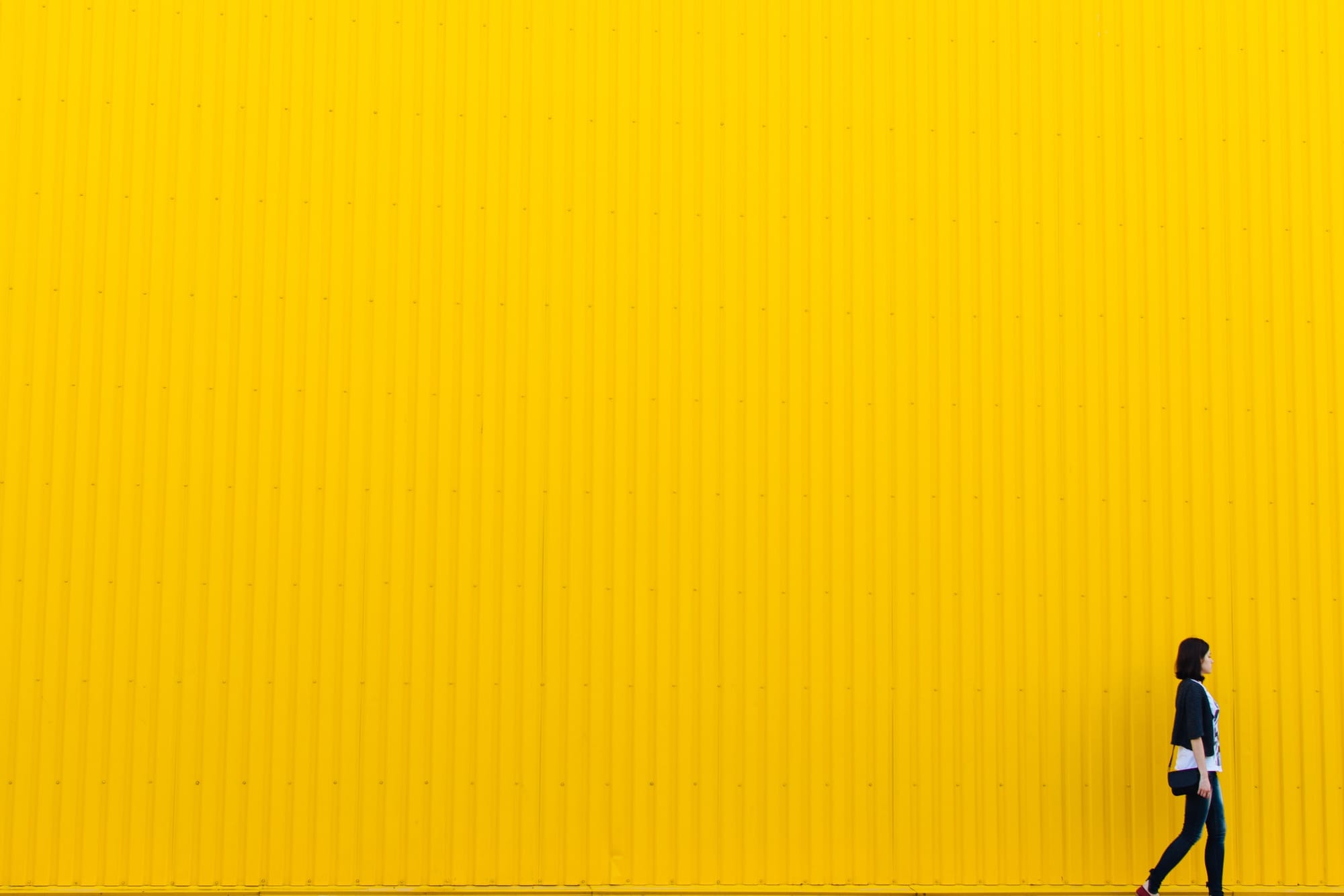10 ways to green exterior design in the city

Green exterior design in the city is not only a matter of beauty and aesthetics, but also a way to improve the quality of life of city residents and contribute to the environment around us. In a world where construction and pollution are at their peak, the importance of beauty and functionality of green exterior design is inestimable. Here we will list 10 ways to implement green exterior design in the city and contribute to the urban environment.
- Green roofs: Installing roofs covered with vegetation on buildings is not only a way to contribute to the appearance of the city, but also to improve air quality and create natural insulation that significantly reduces the need for air conditioning.
- Community courtyards: Creating community green spaces where city residents can grow food, relax, and enjoy local currency is not only a way to improve quality of life, but also to strengthen community bonds.
- Green street furniture: A combination of public furniture items that incorporate vegetation into their design. Chairs with plants embedded in them or trash cans covered in vegetation are examples of street furniture that contributes to both aesthetics and the environment.
- Green parking lots: Turning parking lots into green spaces, whether by planting vegetation between the parking spaces or installing green roofs above them, is a great way to reduce environmental impact and improve the urban landscape.
- Green transportation planning: Creation of bike lanes, green public transportation, and pedestrian boulevards. In this way, the city supports the availability of effective and pollution-free transportation.
- Green rest areas: Establishing rest areas with an abundance of vegetation throughout the city allows residents and visitors to enjoy quiet corners and green scenery.
- Community rooftop gardens: Utilizing rooftop spaces to produce food and add greenery to urban spaces. These gardens also serve as social and welcoming corners for the environment.
- Installing energy-efficient lighting: Using energy-efficient LED lighting and smart light management systems contributes to reducing the environmental impact of the city's infrastructure.
- Use of green building materials: Construction and renovation of buildings using green and sustainable materials not only reduces the carbon footprint but also improves the health of residents.
- Rainwater collection systems: Installing systems for collecting and utilizing rainwater in buildings and public spaces allows for saving water resources and an additional contribution to the environment.
Implementing these ideas for green exterior design in a city can positively change the face of the city and contribute significantly to the quality of life of its residents. Green exterior design is not just an aesthetic addition, but an investment in a greener, healthier future for everyone.
Comments


